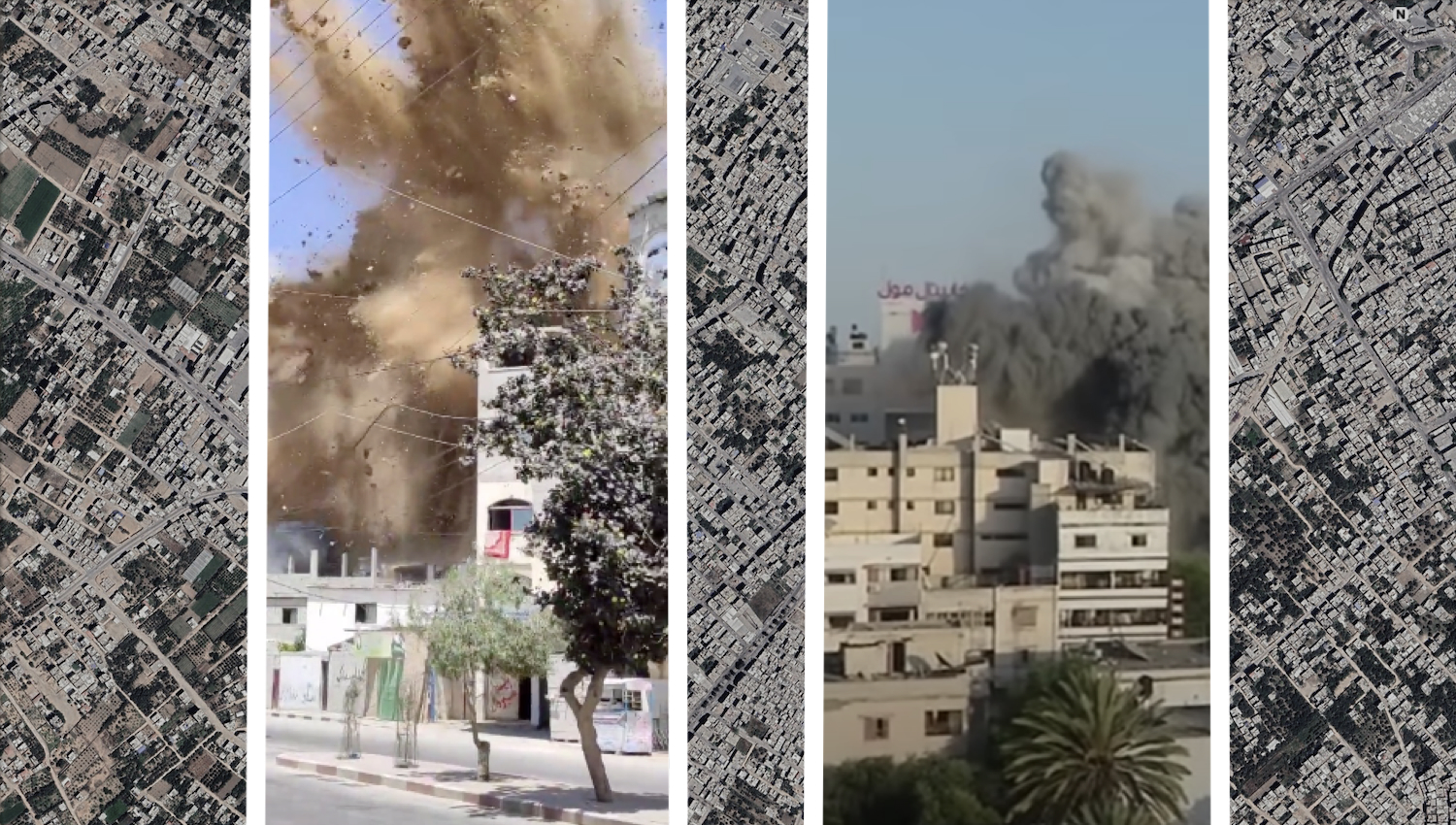
Cuttings #3: Social is more than just traffic
Sometimes the journalism world talks as if social media is purely a place to win traffic. This week, we've been reminded that there's far more to it than that…
Too much of the discussion around the changes in social media and its impact on journalism begins and ends with how much traffic we can — or can't — get from it. This, from yesterday, is a classic example. But that's only a part of the role social plays in the journalism business. And this week has been a sobering reminder of that, with the war between Israel and Hamas highlighting the critical role social distribution channels play in our information networks.
Sorting eye-witness accounts from misinformation in a conflict zone
Like any political conflict that's boiled over into war, the current situation between Israel and Hamas has lead to a rapid tidal wave of misinformation. But one of the growing trends in this area is a false debunking of ‘misinformation’; misinformation posing as fact-checking. You counter something that plays to your enemy's narrative by painting it as debunked.
In a way, this is just a more sophisticated version of Trump decrying any reporting he didn't like as “fake news”. But, less than a week into this war, we're already having to debunk debunking…

What's making this situation worse is that the fastest vector for eye witness media AND misinformation is crumbling under the pressure. Musk has essentially gutted X's fact-checking capabilities, and the results of that are playing out hourly:

No wonder the EU have decided to act, even if the censorship implications are worrying.
Happily, we have genuine experts at work debunking some of the worst misinformation online. And the great thing about the work Bellingcat do is that they document so much of it. This blog post is a great set of worked examples of rapid verification and debunking of social media content:

Right now, my sympathies go out to friends, former students and others who are working in verification like this for news organisations. They're having to view and work with images and footage that are deeply disturbing and which will have a lasting impact on them. Sometimes dead journalism isn't as “safe” as you might expect.
But, at least, it's not putting their lives on the line in the way that correspondents in the war zone live with. While social media verification is still a critical part of any crisis reporting, having boots — and eyes — on the ground is still essential.

Find fellow journalists on Threads
A light chaser to follow that rather grim set of links. This is a big thread on Threads (natch), but it's worth exploring it to find other journos on the service.

Sign up for e-mail updates
Join the newsletter to receive the latest posts in your inbox.















